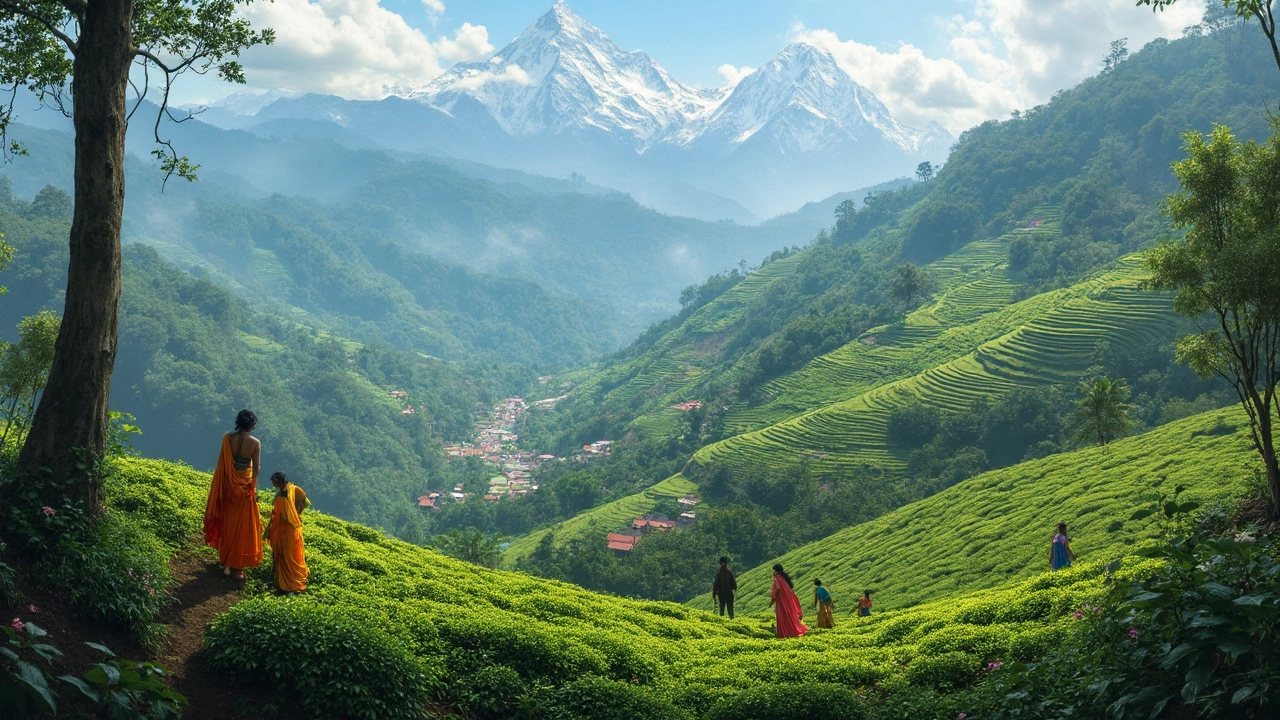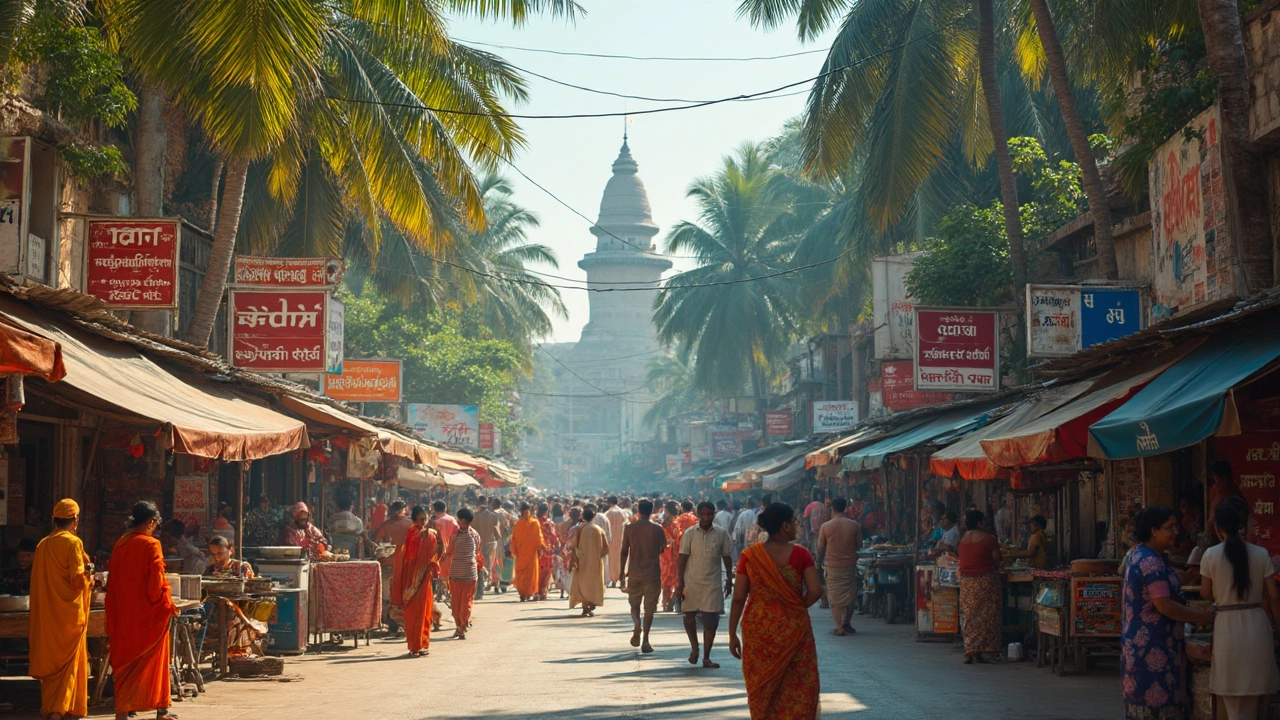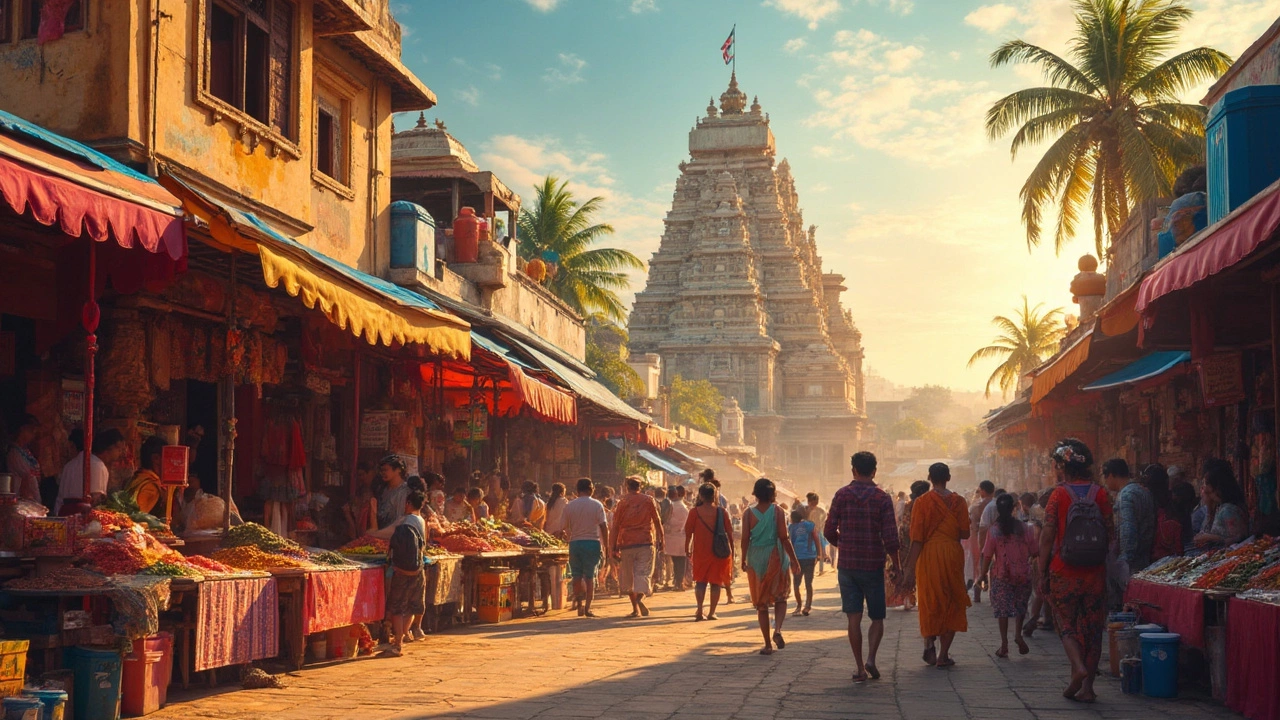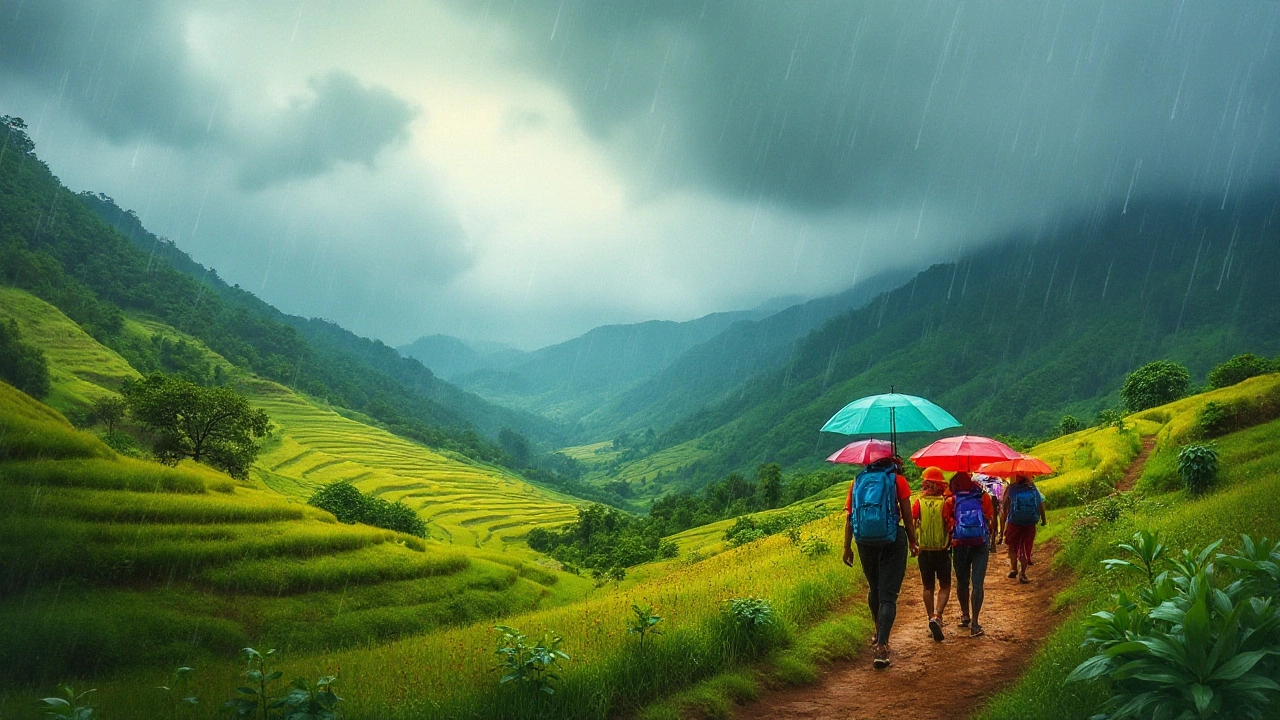South India: Where Beaches, Temples, and Culture Come Alive
When you think of South India, the southernmost region of India known for its distinct languages, temple architecture, and coastal landscapes. Also known as Peninsular India, it’s where the pace slows, the food gets spicier, and the history feels closer to the ground. Unlike the bustling metros of the north, South India offers a quieter kind of magic—stone temples carved by hand centuries ago, backwaters that glide like liquid silk, and beaches where the only noise is the tide.
You don’t just visit South India beaches, coastal stretches from Kerala to Odisha famous for calm waters, surfing spots, and laid-back vibe—you breathe them. Goa draws crowds, but places like Marari or Gokarna let you find your own patch of sand. Then there’s the South India temples, ancient religious sites with towering gopurams, intricate carvings, and rituals unchanged for hundreds of years. The Meenakshi Temple in Madurai, the Brihadeeswarar Temple in Thanjavur, or the Padmanabhaswamy Temple in Thiruvananthapuram aren’t just tourist stops—they’re living centers of faith, music, and community. And yes, there are rules: cover your shoulders, remove your shoes, and never point your feet at the idol. These aren’t suggestions—they’re part of the experience.
Then there’s the food. Coconut, tamarind, curry leaves, and rice aren’t just ingredients—they’re the soul of every meal. A simple dosa in Mysore tastes different than one in Kovalam. The spice levels? Higher. The flavors? Deeper. And the coffee? Strong enough to wake up a monk. This isn’t just cuisine—it’s culture served on a banana leaf.
South India doesn’t shout. It whispers. In the rustle of palm leaves, in the chant of temple bells, in the slow paddle of a houseboat through Alleppey’s backwaters. It’s where you learn to slow down—not because you have to, but because you want to. You’ll find guides here who know the hidden trails, vendors who remember your name, and temples where the priests still sing the same hymns their grandfathers did.
Below, you’ll find real stories from travelers who’ve walked these shores, climbed these hills, and sat under these temple roofs. Whether you’re planning a beach getaway, a temple tour, or just want to know where to eat without getting sick, the posts here give you the straight talk—no fluff, no hype, just what works.




